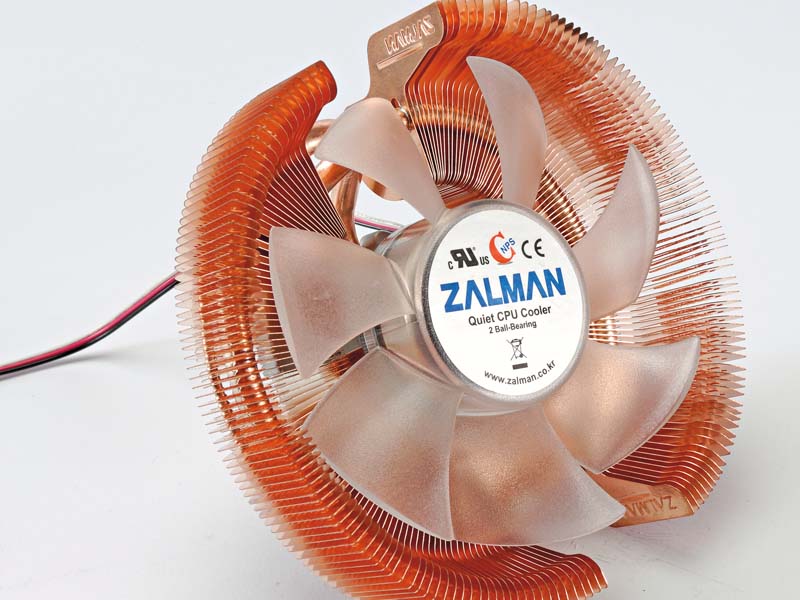
Hooray for cheap PCs. The price of systems and components alike continues to drop faster than Gordon Brown's approval ratings – but there's a sacrifice.
A budget system might have surprisingly decent components, but mass production is the watchword. The most obvious reflection of this is with cooling – there's no finesse to it: instead, a generic, brute-force approach. Slap in a cheap, fast-spinning fan and, while it'll be woefully inefficient - its manic rotations will be enough to keep the heat manageable.
That just won't do. It's increasingly the case that a PC is the hub of all our home entertainment, spelling the end of hi-fis, DVD players and the like. You don't want your merry watching and listening to be undermined by a noise like a bumblebee orgy inside a tin bath. Fortunately, an enormous third-party market has sprung up; there are more ways to cool and quieten your PC than there are chocolates in Belgium.
It's worth noting that 'silence' is a broad term when it comes to PC cooling. You'll see fans and PSUs described as silent when they're patently not, and indeed you'll read features in PC mags about 'silencing' your PC when in fact they mean 'quietening' your PC. Cough. But actually silencing a PC is a huge and potentially expensive project; though reducing the noise to a point where you can't hear it over the sounds of explosions from your games and movies is a walk in the park.
The first step: identify which parts of your PC are responsible for causing the most racket. The processor fan's the usual suspect, specially if it's fitted with one of the bog-standard coolers that Intel and AMD supply with their chips. Try a process of elimination. If attentive listening doesn't reveal the culprit, try either unplugging your system's various fans from the motherboard one by one (where possible) or gently placing a finger over the solid circle in their centres to stop 'em spinning for a second. Don't do it for long, or you'll risk burning out the motor.
If the noisiest tenant inside your PC is a case fan, you're laughing: generally these are standardised 80mm or 120mm that you can simply replace with a higher quality replacement. Even if they look identical – the quality of construction can make an enormous difference. If you picked up a cheapie case or system, replacing the fans bolted to its shell should be your first task to quieten it down: expect to pay £10-20 for decent new 'uns. If you have the choice – if there's room in the case and mountings already supplied – upgrade smaller, 80mm fans to their wider 92 or 120mm kin. Their increased size means they don't need to spin quite as fast to shift air. It may even be worth drilling new holes in the case to take 'em.
As little as £20 buys a reasonably quiet replacement for a processor fan. Most of the decent ones will involve removing your motherboard from the case and often replacing the CPU socket backing plate on the board's underside. It's a bit of a hassle, but bolting on a CPU heatsink (rather than just clipping it on, as is the case with the cheap-'n'-crappy standard ones) achieves significantly more heat-drawing efficiency. As a result, the fan doesn't need to spin quite as fast and thus quite as loudly.
Get daily insight, inspiration and deals in your inbox
Sign up for breaking news, reviews, opinion, top tech deals, and more.
Should your noisemaker turn out to be something more bespoke, such as the fan on your mobo's northbridge or bolted to your graphics card, the job gets a bit more fiddly. Aftermarket coolers are available for almost anything, and great things are indeed possible with these replacements – such as taking a tubby dual-slot graphics card down to a svelte single-slot model. NVIDIA and ATI's predilection for redesigning cards from the ground up with every generation means there isn't a single, one-size-fits- all aftermarket cooler: you'll have to search for one that fits your specific model of card – and suits your wallet.